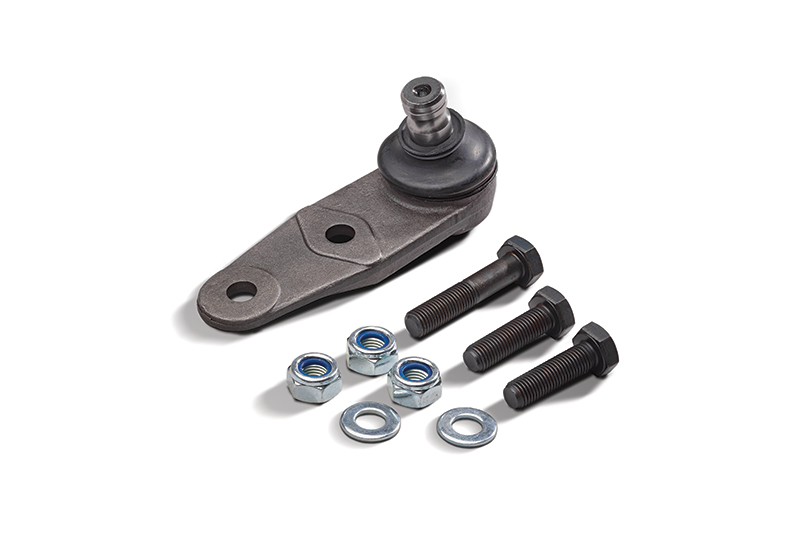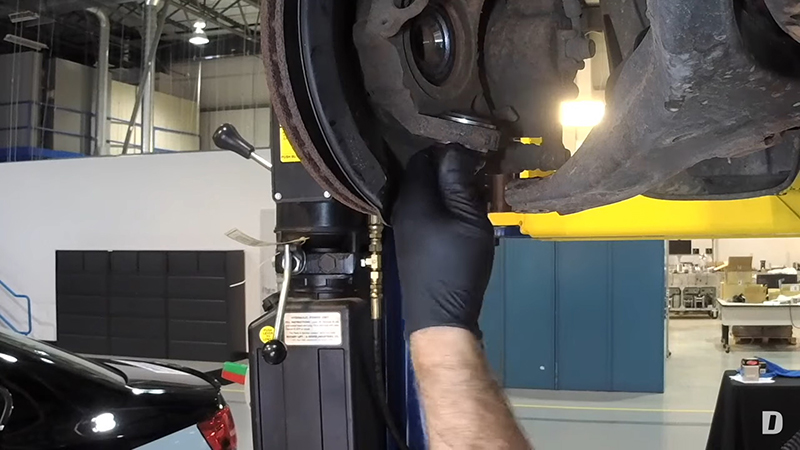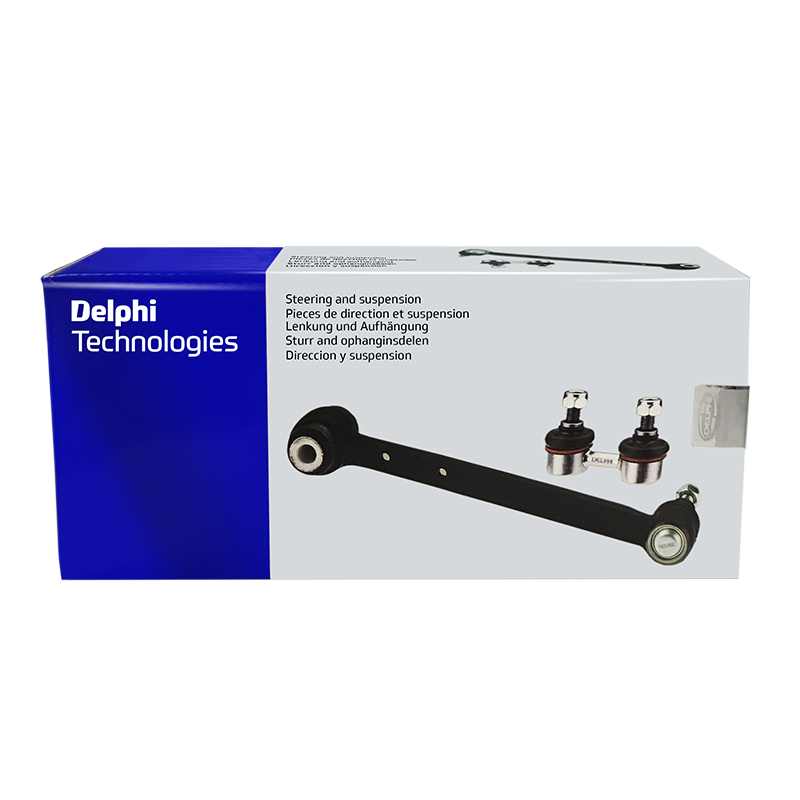
Ball joints are one of the hardest working parts in a vehicle. We asked Delphi Technologies to share its expertise on servicing this stalwart of the steering and suspension system.
There’s no doubt that the humble ball joint lives a hard life. Working every time a vehicle is driven and performing a vital role in connecting steering componentry, the ball joint also must contend with road grime as well as general wear and tear, so it’s no surprise that it’s one of the most changed parts.
It’s been a key part of a car for decades and there’s no sign of that changing either, regardless of whether a vehicle is pure electric, hybrid or conventionally powered, so its replacement will always be in demand and, importantly, be a constant revenue stream for garages.
Function and types of ball joint
The ball joint acts as a pivot between the vehicle’s wheels and suspension, allowing the vehicle to be steered, whilst also ensuring a comfortable ride. Since the ball joint constantly pivots through multiple planes and angles, it is subject to significant stress and wear.

There are two types of ball joint, which require slightly different approaches when it comes to servicing. Most vehicles are fitted with MacPherson strut suspension systems. This incorporates a single ball joint on each side, positioned between the lower end of the strut and the control arm.
In double wishbone systems, the two joints are located at the top (upper ball joint) and bottom (lower ball joint) of the suspension system. Given its position, the lower ball joint experiences higher loads as well as increased exposure to dirt and salt, resulting in faster wear.
How to spot a failing ball joint
Ball joints are highly durable but need regular inspection for damage and excessive play. If either is present, the ball joint shouldbe replaced. Other common symptoms of a worn ball joint include:
- Clunking noises coming from the vehicle’s front suspension when driving over bumps or turning. As the joints wear out they become loose in the socket and rattle as the suspension moves up and down. This can also cause excessive vibration from either side of the vehicle or through the steering wheel
- The vehicle’s steering wanders from left to right on its own. As the ball joint deteriorates, these symptoms will progressively worsen until the part fails. Waiting until joint failure is dangerous as the wheel could collapse, causing an immediate loss of control
Why is it important to replace the entire ball joint and not just the boot?
A common cause of ball joint failure is the splitting or cracking of its rubber boot. When this happens, water, salt and dirt penetrate the joints internal components, damaging the boot. In this instance, it’s advisable to replace the entire ball joint, as a new boot would likely seal in the damaging substances, resulting in accelerated wear and corrosion.
Additionally, the ball joint is designed to operate with a grease lubricant, which is sealed and intended to last the life of the joint. A defective boot could lead to loss or heavy contamination of this essential lubrication. Without a form of lubrication, the friction within the joint increases significantly, which can cause the steering to become heavy or stick.

Tips on ball joint replacement
To ensure a quality steering and suspension repair and after determining that the ball joint is worn, best practice includes the following steps:
- Remove the wheel to access the ball joint and move the brakes aside. Depending on the steering assembly, you may have to remove the caliper which will increase the time required. You may also need to loosen the mounts holding the control arm or anti-roll bar in place to give you more room to move suspension parts
- Before removing the old joint, soak all the bolts with penetrating oil to loosen them. Remove the mounting bolts. Then remove the “pinch bolt” that clamps the ball joint pin, and using a pry bar leaver the joint out of location. Loosen and remove the bolts securing the joint to the suspension arm and remove the joint
- Note that ball joints can be mounted to the control arm in several ways: pressed in, clipped or bolted. In some instances, the ball joint may even be integrated into the steering arm, necessitating replacement of the entire arm. Ball joints that are pressed in will require a hydraulic press for removal and replacement
- Inspect the wishbone mounting holes for damage or metal fatigue. A worn ball joint can cause damage to this hole, which in turn can damage the new joint. Fit the new ball joint to the suspension arm, ensuring all new fixings are used and are torqued to the manufacturer’s specifications. Remember to never use air or power tools as they can cause damage to components
- Insert the ball joint pin into the steering knuckle. Secure it with a new bolt and locking nut, tightening to the correct torque. Refit the wheel and wheel nuts and tighten to the correct torque. Always torque components in their loaded position, not wheel-free. This will prevent the components from being under additional stress when the vehicle is lowered to the ground
- Finally, settle the vehicle on its suspension and check the wheel alignment including camber, adjusting as required
Julian Goulding, Marketing Manager Northern Europe, Delphi Technologies, concludes: “Of course, what’s also vital is to ensure that quality replacement ball joints are used. With the ball joint working so hard and extremely susceptible to wear, only those that meet or exceed the manufacturer’s specifications will optimise performance and safety. Stick to reputable, proven brands, such as Delphi Technologies, while a quick indication of a superior product is that it will usually come with all the necessary fixings.”









